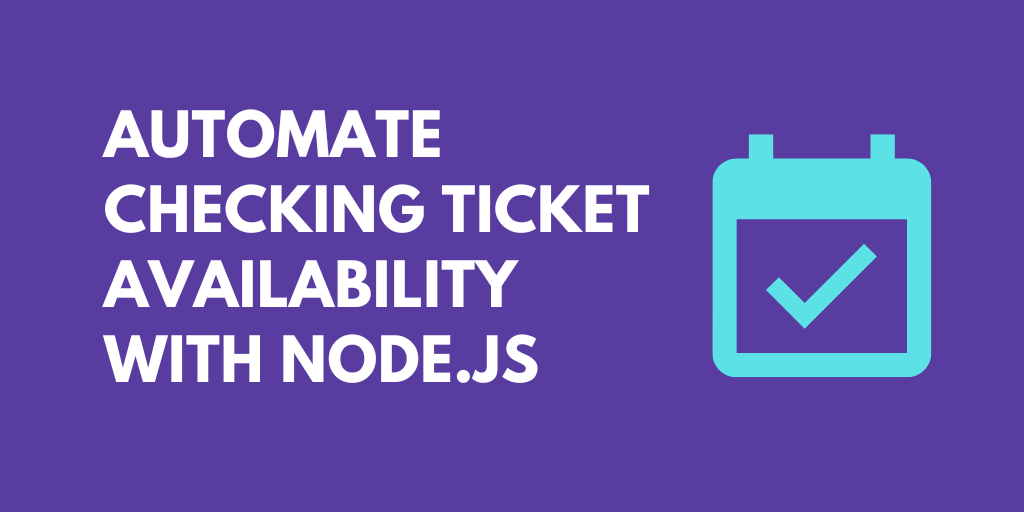What do you want to automate
with What Are Those and Node?
Prompt, edit and deploy AI agents that connect to What Are Those, Node and 3,000+ other apps in seconds.
Trusted by 1,000,000+ developers from startups to Fortune 500 companies
Popular What Are Those and Node Actions#
Identifies sneakers from a size tag photo and returns sneaker name and details. See the documentation
Write custom Node.js code and use any of the 400k+ npm packages available. Refer to the Pipedream Node docs to learn more.
Grades and authenticates sneakers using provided images. See the documentation
Identifies sneakers from an uploaded image and returns details such as name, links, images, prices, and confidence scores. See the documentation
Connect What Are Those#
import { axios } from "@pipedream/platform"
import request from "request";
export default defineComponent({
props: {
what_are_those: {
type: "app",
app: "what_are_those",
}
},
async run({steps, $}) {
const data = request("https://res.cloudinary.com/daiebfyiw/image/upload/v1735863877/what_those_are_sku_image_sample_nyhw4i.jpg");
let config = {
method: 'POST',
maxBodyLength: Infinity,
url: 'https://0blrzg7ahc.execute-api.us-east-1.amazonaws.com/Prod/skus',
headers: {
'Content-Type': 'image/jpeg',
'x-api-key': this.what_are_those.$auth.api_key
},
data
};
return await axios($,config);
},
})
Overview of Node#
Develop, run and deploy your Node.js code in Pipedream workflows, using it between no-code steps, with connected accounts, or integrate Data Stores and File Stores
This includes installing NPM packages, within your code without having to manage a package.json file or running npm install.
Below is an example of installing the axios package in a Pipedream Node.js code step. Pipedream imports the axios package, performs the API request, and shares the response with subsequent workflow steps:
Connect Node#
// To use previous step data, pass the `steps` object to the run() function
export default defineComponent({
async run({ steps, $ }) {
// Return data to use it in future steps
return steps.trigger.event
},
})Community Posts#
